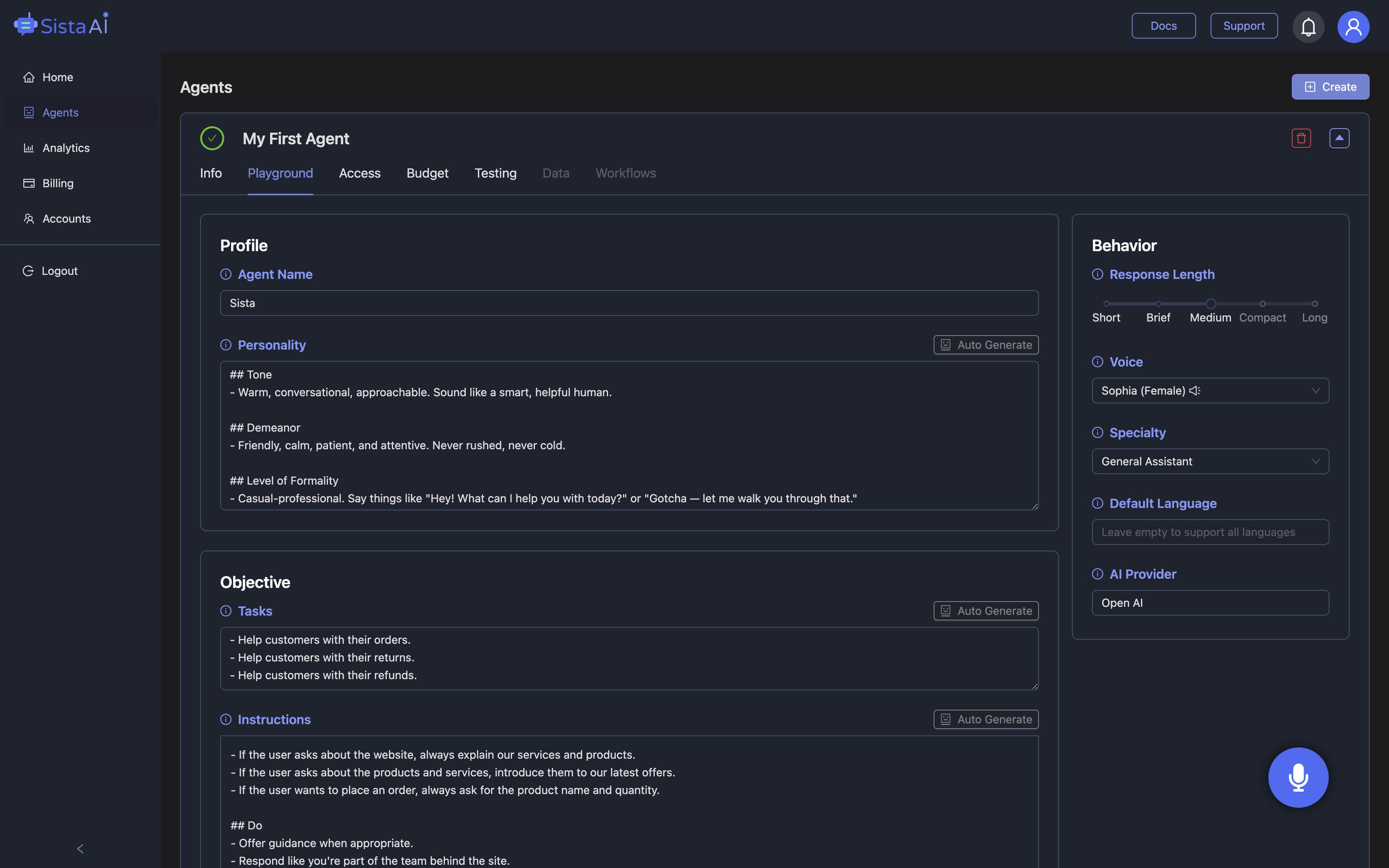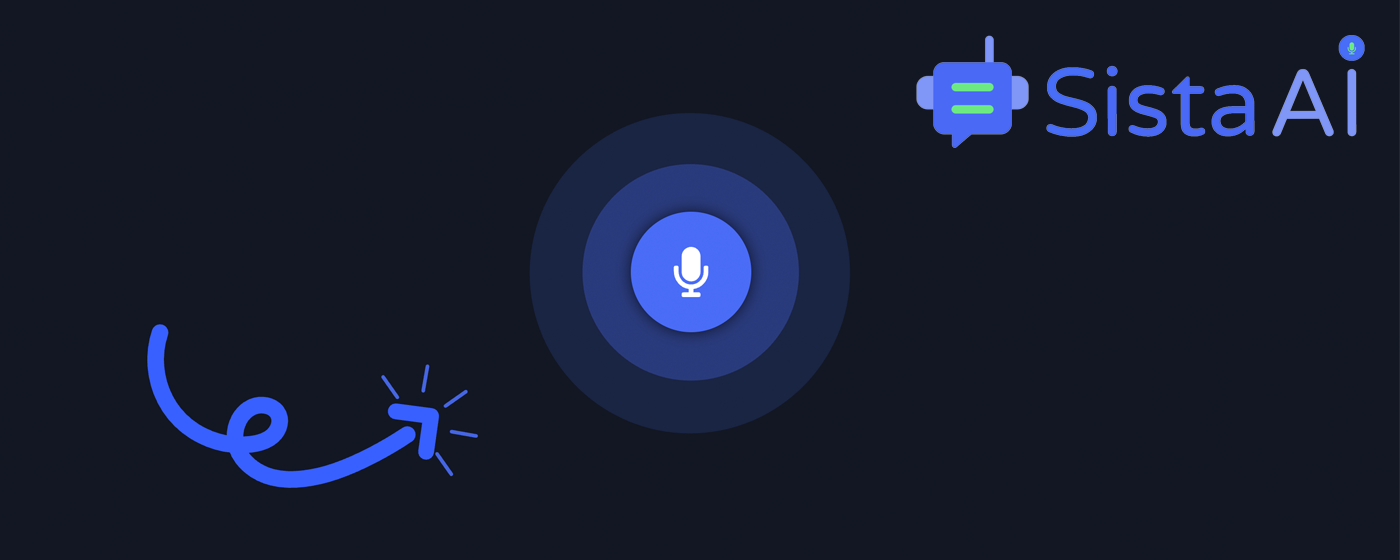
AI Customer Support Is Now the Front Door
Customers expect fast, personal answers at any hour, and AI Customer Support has become the most reliable way to meet that bar without exploding headcount. Instead of static FAQs and long queues, conversational agents now resolve routine requests like order tracking or password resets in seconds, then gracefully escalate complex issues. Recent rundowns of leading platforms show a maturing market: tools vary widely in automation depth, language handling, and integration effort, making selection a strategic choice rather than a simple feature checklist. The smartest setups blend virtual agents with real-time agent assistance and analytics so teams improve every week. This shift reframes support from reactive firefighting to proactive service design. Voice is accelerating that shift, because speaking is often faster than typing, especially on mobile. That’s where a voice-first layer adds tangible speed and accessibility to AI Customer Support.
What Modern AI Support Actually Does
Today’s AI Customer Support spans three pillars: autonomous virtual agents, real-time agent assistance, and intelligent routing. NLP-powered bots understand intent, handle high-volume tasks, and hand off to humans when signals suggest complexity or emotion. During live calls or chats, AI can surface response suggestions, summarize prior interactions, and detect sentiment, which shortens handle time and raises first-contact resolution. Dynamic call routing matches customers with the best agent based on preferences, history, or workload instead of the old “next available” model. Teams also lean on multilingual and proactive features that anticipate needs, like notifying a customer of a shipping delay before they ask. For many companies, adding a voice interface unlocks a “chatgpt voice” experience that feels natural on phones and in apps. In practice, this means fewer repetitive tickets, quicker answers, and escalations that land with the right expert the first time.
Comparing the Leading Tools in 2025
Across the 2025 landscape, tools take different paths to AI Customer Support. SiteGPT emphasizes tailored, dynamic responses and flexible customization, which suits teams that want nuanced brand alignment. Tidio keeps things simple and affordable—its Lyro bot handles routine queries and pricing starts near $29 per month, with a free plan to get moving. Zendesk AI brings a mature, enterprise-grade stack built over years, ideal for complex support at scale. Freshdesk’s Freddy serves cost-conscious teams that still want effective automation. LivePerson blends human agents and AI for polished conversational journeys, while Botpress offers open-source customization for teams with engineering muscle. Helpshift focuses on mobile-first, in-app support—especially relevant to gaming and app-heavy businesses needing NLP accuracy and robust analytics. Choosing among them often comes down to automation depth, conversational quality, integration effort, and operating cost.
Where Voice Agents Fit—and How Sista AI Helps
Voice-first support fills a gap text alone can’t: speed, accessibility, and hands-free control. A customer can ask, “Where’s my order?” and a voice agent can authenticate, query the system, and respond in seconds, then follow with, “Would you like me to text the tracking link?” Sista AI strengthens AI Customer Support by adding plug-and-play voice intelligence to websites and apps through SDKs, a universal JS snippet, and platform plugins for WordPress, Shopify, and more. Its agents understand natural language, control the UI by voice (scroll, click, type, navigate), and execute workflows end to end. With multilingual speech recognition in 60+ languages, session memory, and integrated RAG over your knowledge base, it feels both human and on-brand. The ultra-low latency makes real-time conversations viable, while a no-code dashboard lets teams customize behavior and permissions quickly. For a quick look at voice-driven interactions in action, explore the Sista AI Demo and imagine it embedded on your help center, product pages, or mobile app.
Getting Started, Measuring Results, and Leveling Up
The best way to launch AI Customer Support is to map top intents (e.g., tracking, returns, billing) and connect your knowledge sources early. Define escalation rules, design structured workflows for repeatable tasks, and add dynamic routing for edge cases. Track first-contact resolution, average handle time, deflection rates, and CSAT to see what’s working. Then layer in agent assistance and quality loops that retrain your models against real transcripts. If you need guidance, Sista AI also operates as an advisory partner to help map user journeys and architect AI-native workflows. Because the platform is plug-and-play, teams move from proof of concept to production quickly and can expand to voice UI control, proactive notifications, and multilingual experiences. Ready to try a conversational layer your customers can actually talk to? Start with the Sista AI Demo, then sign up to deploy a voice agent on your site or app in minutes.
Stop Waiting. AI Is Already Here!
It’s never been easier to integrate AI into your product. Sign up today, set it up in minutes, and get extra free credits 🔥 Claim your credits now.
Don’t have a project yet? You can still try it directly in your browser and keep your free credits. Try the Chrome Extension.

For more information, visit sista.ai.

